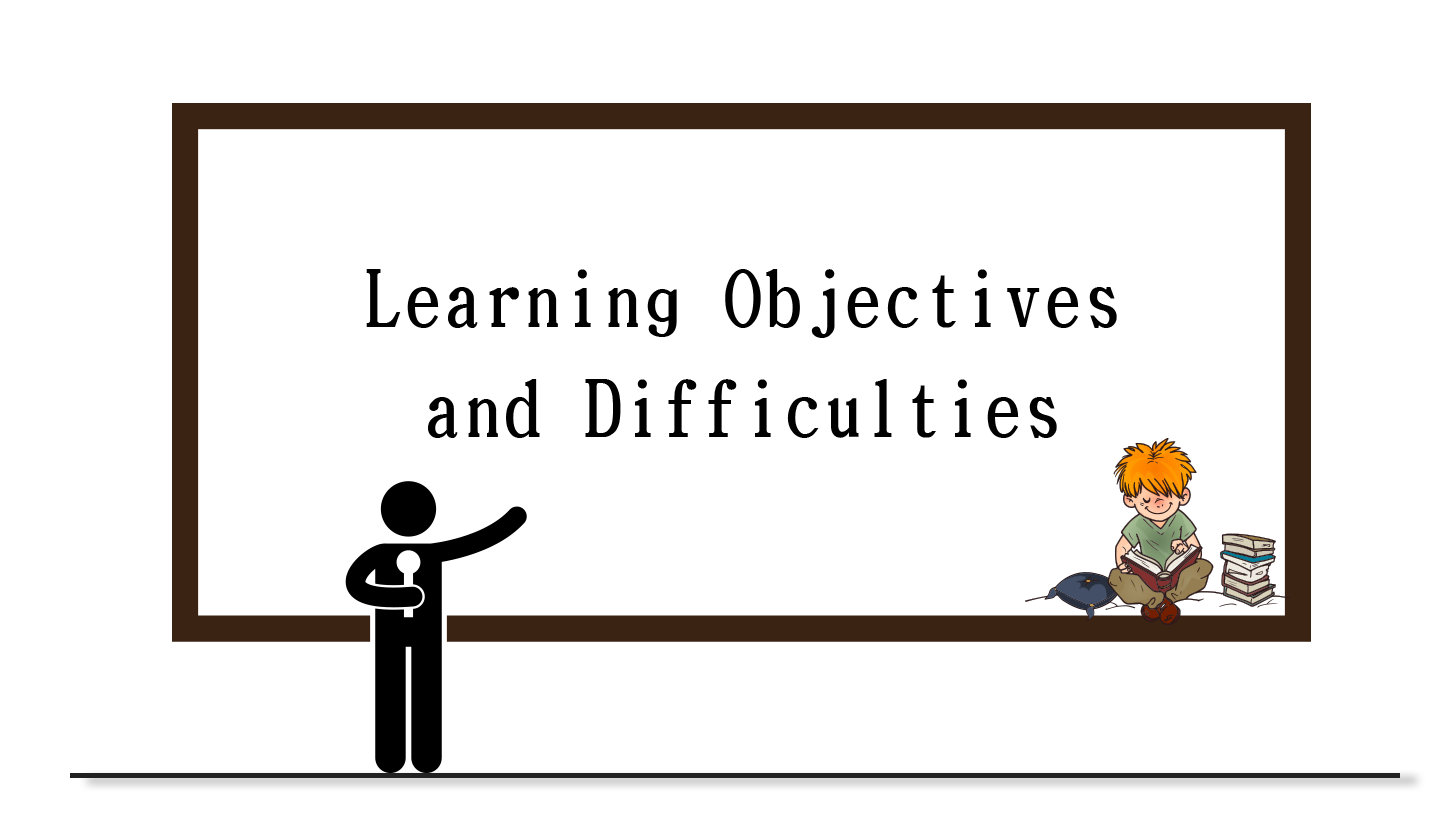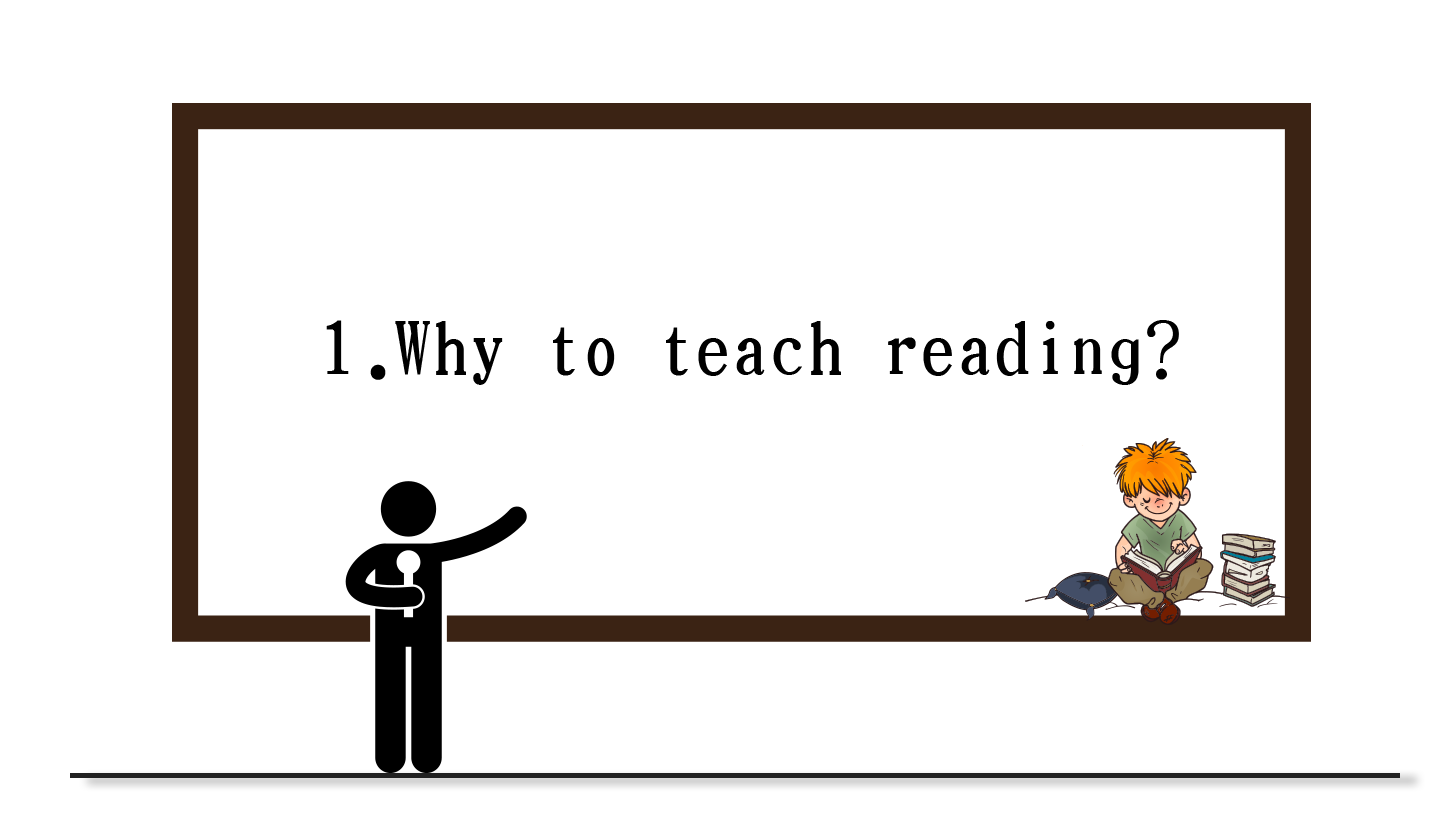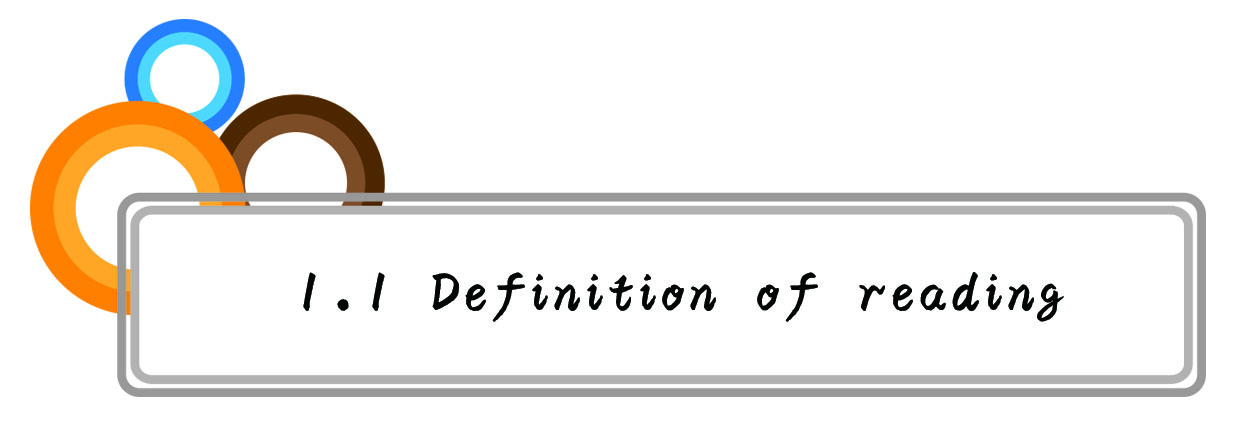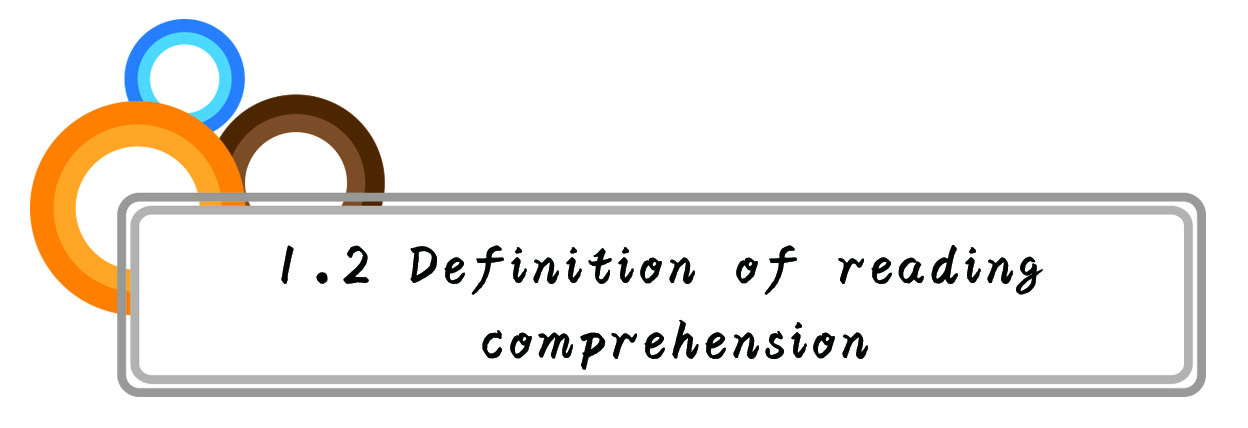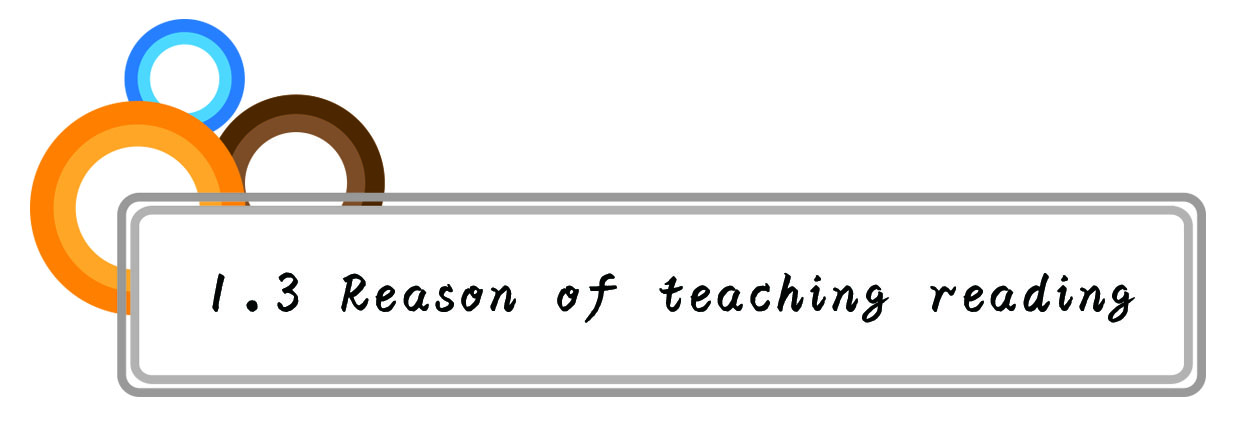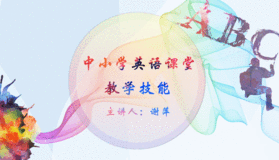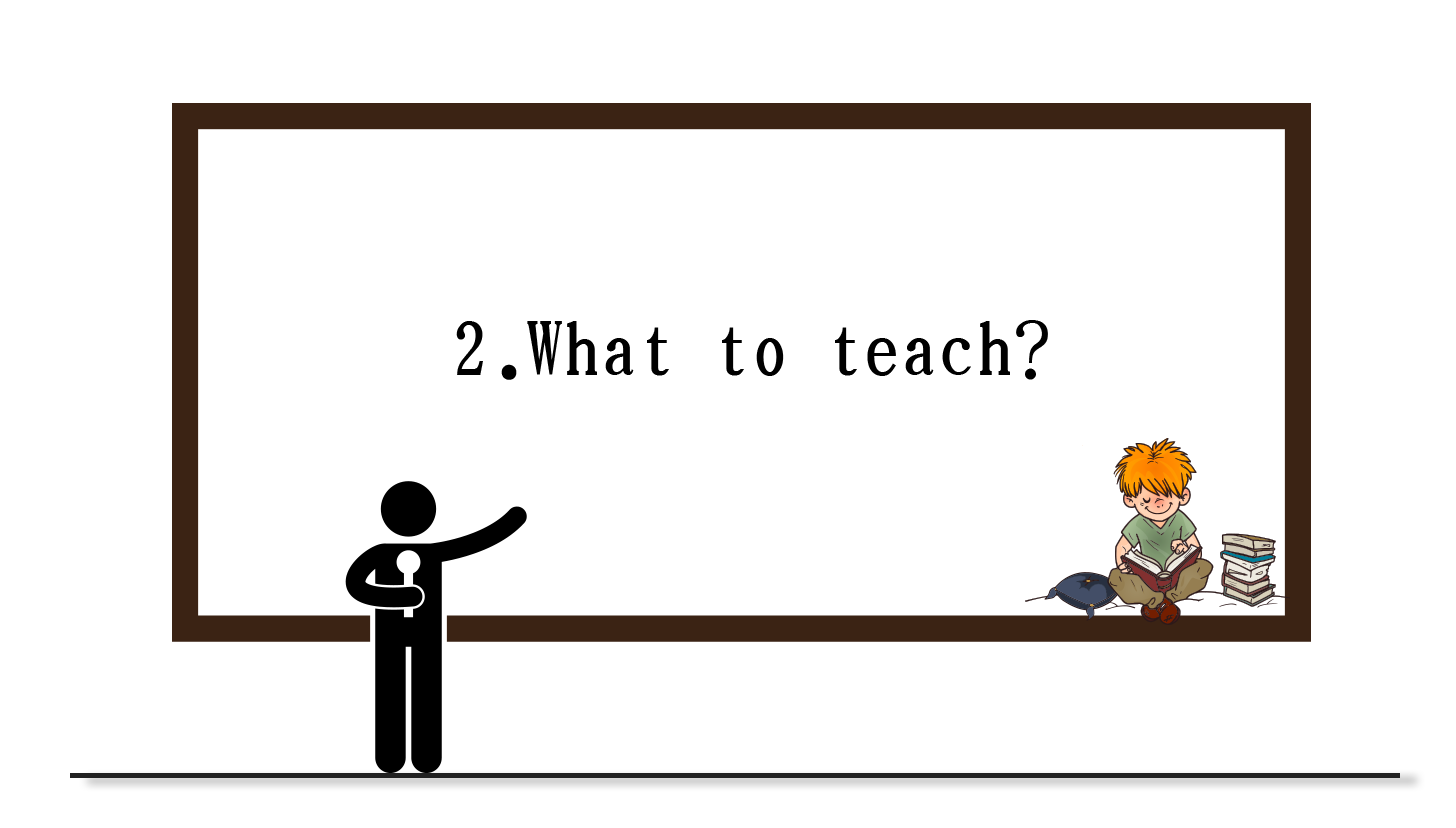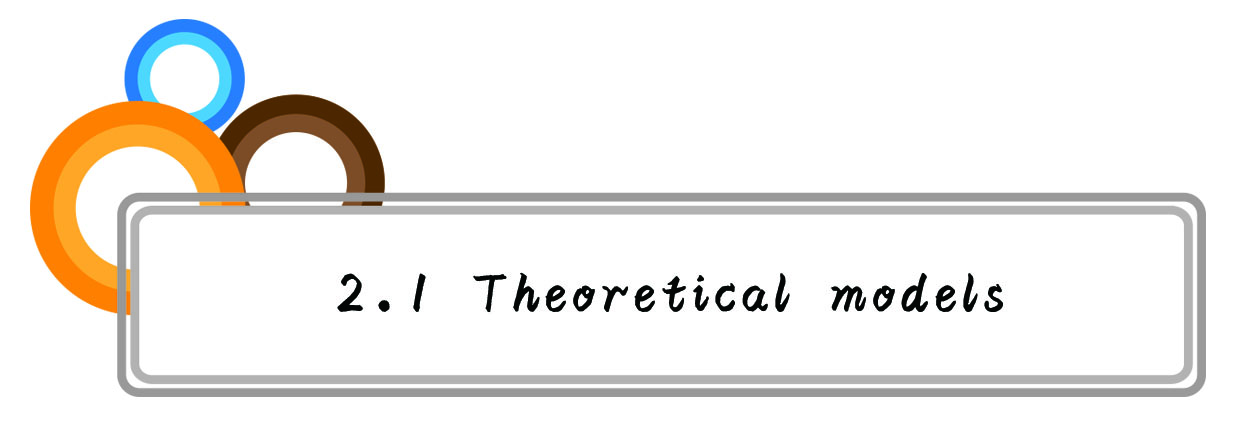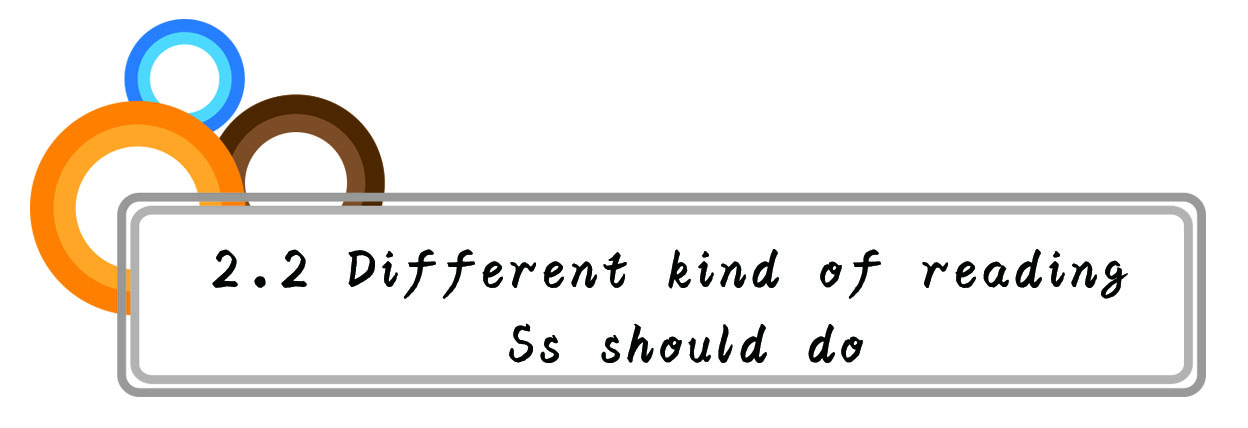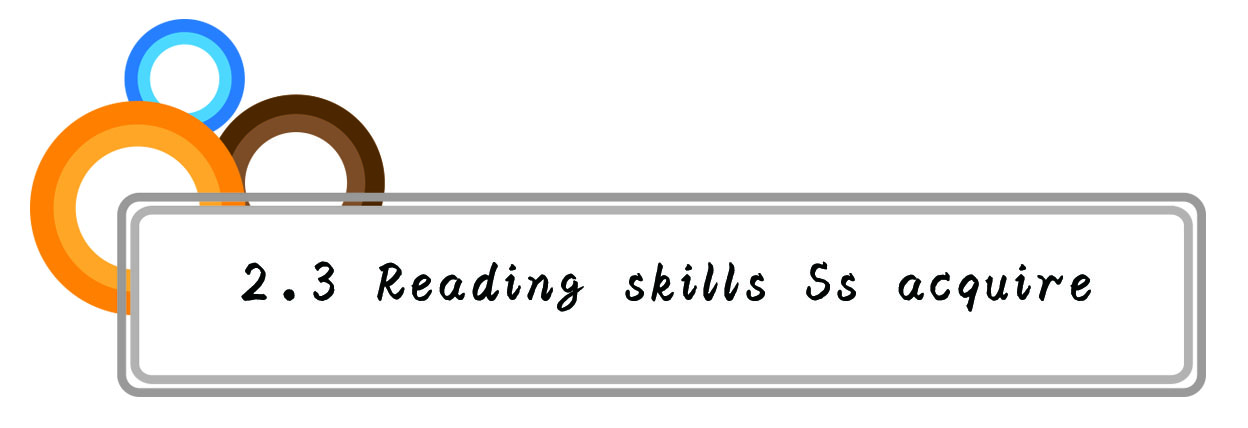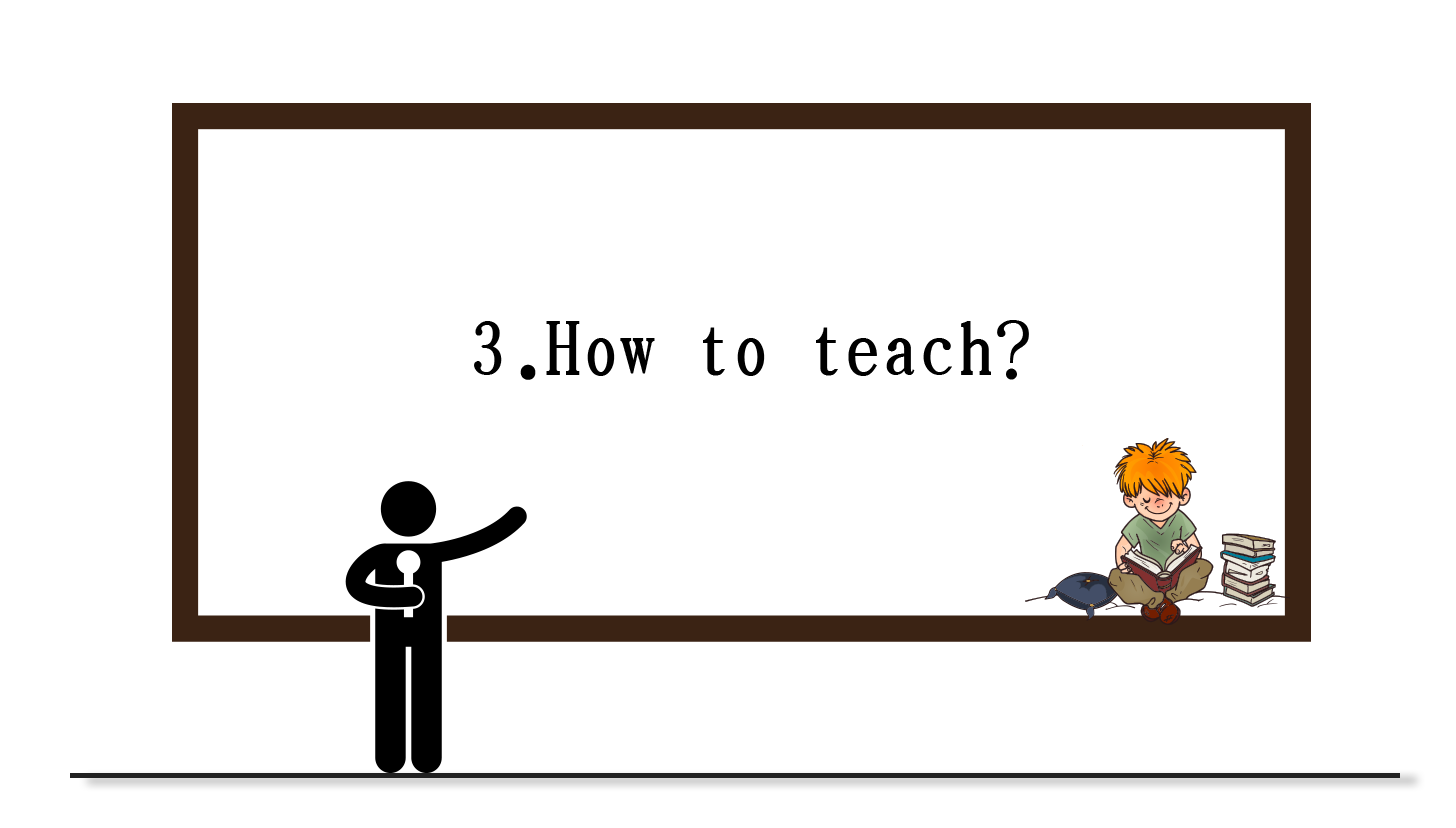
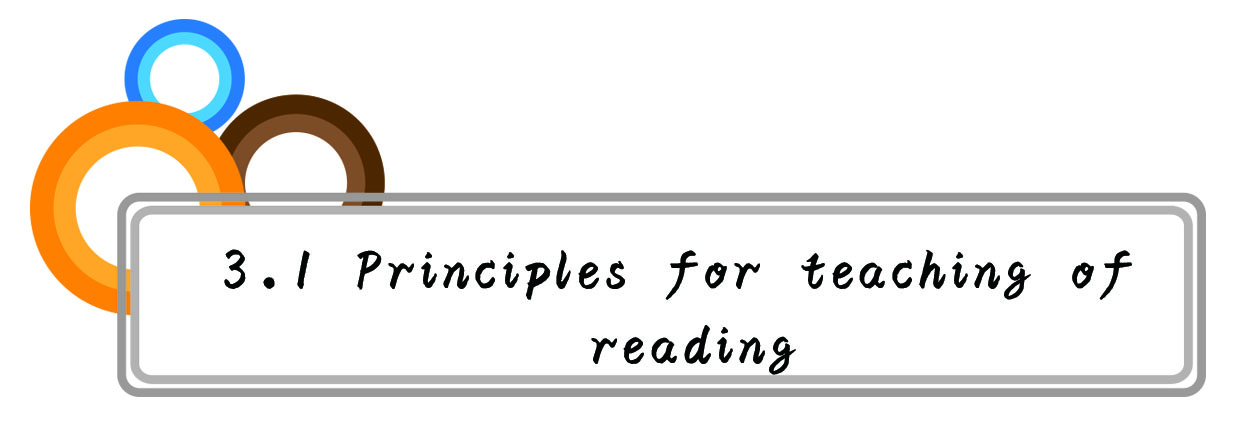
(1) Reading is not passive skill. It is an active occupation;
(2) Ss need to be engaged with what they are reading. They are really fired up by the topic or the task;
(3) Ss should be encouraged to respond to the content of a reading text, not just to the language. Ss should be allowed to express their feelings about the topic;
(4) Prediction is a major factor in reading. The moment we get this hint—the book cover, the headline, the word-processed page- our brain starts predicting what we are going to read. Teachers should give Ss ‘hints’ so that they can predict what’s coming too;
(5) Match the task to the topic. T should choose good reading tasks—the right kind of questions, engaging and useful puzzles, etc.;
(6) Good teachers exploit reading texts to the full. Good teachers integrate the reading test into interesting class sequences, using the topic for discussion and further tasks, using the language for Study and later Activation.
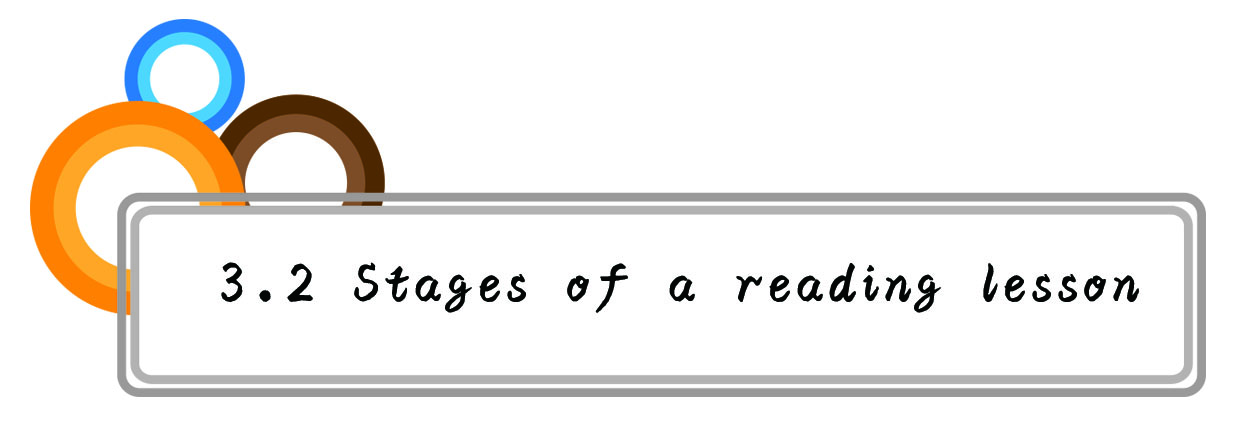
Pre-reading | Lead-in | Introduce the text briefly; relate Ss’ own lives and experiences to the topic of the text; present the important new words which will appear in the text. |
Prediction | Based on the topic, key words, headlines, etc. |
Guiding/signpost questions | Giving one or two questions to direct S;’ thinking or to help them look for answers as they read. |
Note | Don’t give too much information about the text, and don’t teach all the new words beforehand. Encourage Ss to understand the text by themselves and to guess the meaning of unknown words through the context. |
While-reading | Silent reading | Ask Ss to read the text silently by themselves and think about its meaning; let them practice reading alone and at their own speed. |
Completing reading tasks | Ask Ss to do reading tasks which can show how well they understand or interpret the text; train them to transfer textual information to another form, e.g. tables, charts, etc. |
Note | Don’t read the text aloud at this stage. To ask Ss to understand what they are listening to, and read at the same time, makes reading more difficult to them. |
Post-reading | Checking comprehension | Go through the text and ask Ss a series of short or simple questions in order to check detailed comprehension; focus on important new words. |
Follow-up activity/ies | Discussion Retelling the story Role play Writing task, etc. |
Note | Except for comprehension checking, other follow-up activities at this stage can be used as a basis for further language practice. |
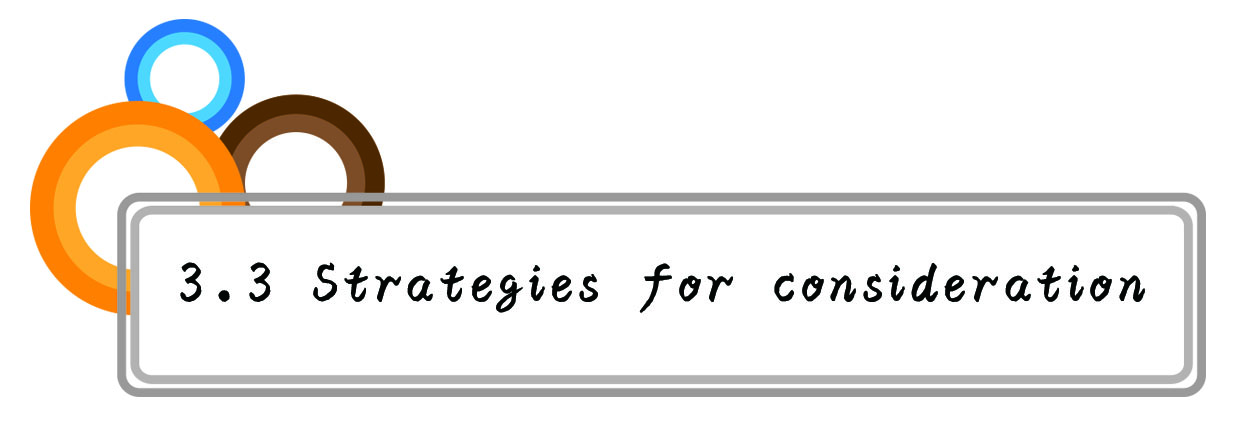
Strategies—ACTIVE—in teaching second language reading should be considered. The remaining two strategies deal with the role of motivation and planning and selecting appropriate reading materials. They remind us of that reading is an active process and not a passive skill.
| 1 | A | Activate prior knowledge |
| 2 | C | Cultivate vocabulary |
| 3 | T | Teach for comprehension |
| 4 | I | Increase reading rate |
| 5 | V | Verify reading strategies |
| 6 | E | Evaluate progress |
| 7 |
| Build motivation |
| 8 |
| Select appropriate reading materials. |
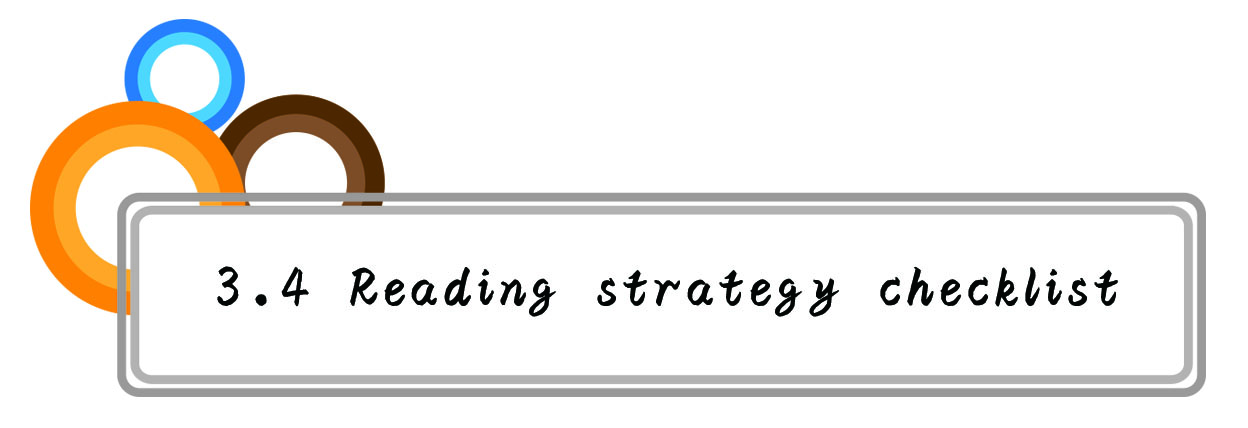

(1) Predicting the content of an upcoming passage or section of the text.
(2) Concentrating on grammar to help you understand unfamiliar constructions.
(3) Understanding the main idea to help you comprehend the entire reading.
(4) Expanding your vocabulary and grammar to help you increase your reading.
(5) Guessing the meanings of unfamiliar words or phrases to let you use what you already know about English
(6) Analyzing theme, style, and connections to improve your comprehension.
(7) Distinguishing between opinions and facts in your reading.
(8) Breaking down larger phrases into smaller parts to help you understand difficult passages.
(9)Linking what you know in you first language with words in English.
(10)Creating a map or drawing of related ideas to enable you to understand the relationships between words and ideas.
(11) Writing a short summary of what you read to help you understand the main ideas.

(1) Setting goals for yourself to help you improve areas that are important to you.
(2) Making lists of relevant vocabulary to prepare for new reading.
(3) Working with classmates to help you develop your reading skills.
(4) Taking opportunities to practice what you already know to keep your progress steady.
(5) Evaluating what you have learned and how well you are doing to help you focus your reading.

(1) Relying on what you already know to improve your reading comprehension.
(2) Taking notes to help you recall important details.
(3) Trying to remember what you understand from a reading to help you develop better comprehension skills.
(4) Reviewing the purpose and tone of a reading passage so you can remember more effectively.
(5) Picturing scenes in your mind to help you remember and understand your reading.
(6) Reviewing key ideas and details to help you remember.
(7) Using physical action to help you remember information you have read.
(8) Classifying words into meaningful groups to help you remember them more clearly.”
